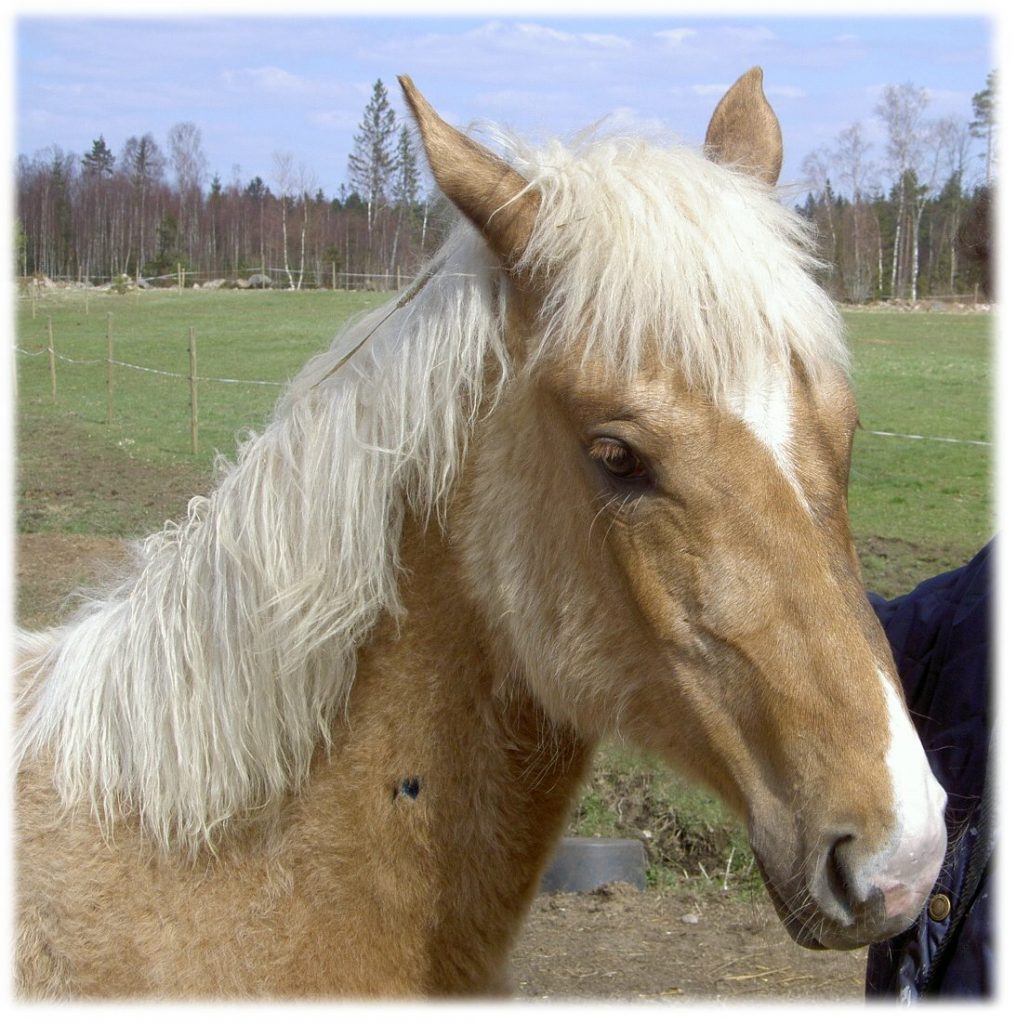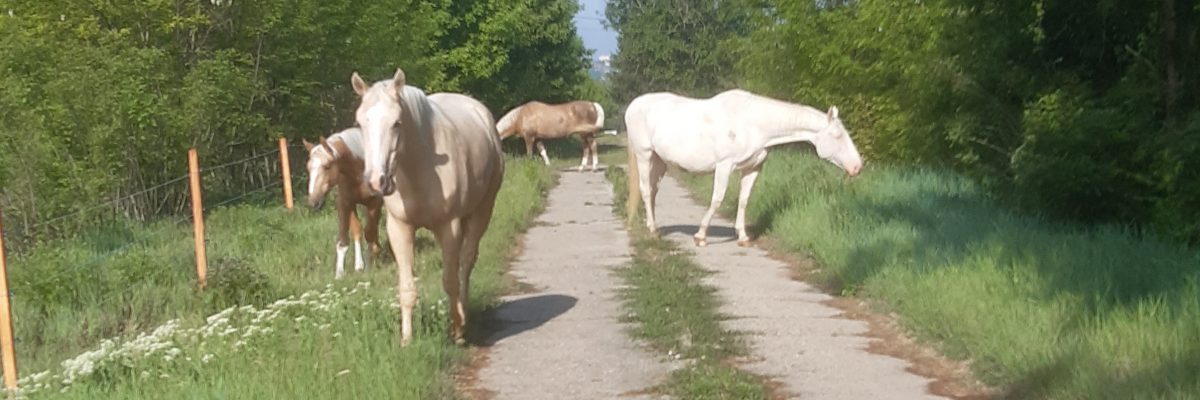Do Your Horses Have Mud Fever?
Mud fever and scratches are very common in horses, especially if you live in a place with rainy and mild winters. I’ve lived in different places and have noticed a huge difference in how easily my horses got mud fever.
For 20 years, I lived in northern Skåne, Sweden, where we had major issues. It was a marshy area with frequent rain, and we had wetlands nearby. Even though we had large, beautiful pastures, the horses often stood by the gates, churning up the ground and ending up standing in mud up to their knees. When we built our paddock paradise, we poured a large concrete area where the horses had their feeding station. It was absolutely necessary; otherwise, they wouldn’t have had a dry place to stand.
Even though we did everything we could for the horses’ well-being, they often got mud fever. The weather made it so that their legs were almost always damp, which caused the mud fever to become a recurring issue – something that was challenging for both the horses and us.
What’s interesting is that when you ask others – veterinarians, farriers, or breeders – for advice on how to prevent mud fever, you’ll always get different answers. Some say you should wash the horses’ legs daily when you bring them in, while others say you shouldn’t touch their legs too much because scrubbing the skin can open it up to bacteria. You’re left to experiment and find what works best for your horses.
I think I’ve tried everything: mud fever ointments that turned into sticky layers collecting dirt; drying the legs; washing the legs – but what worked best for us was Blåsten or Virkon S.
I discovered that if you mix Blåsten with water and put it in a spray bottle, you can spray the horses’ legs daily, which helped keep the mud fever somewhat under control. At one point, I even had to sell a horse at a very low price because he couldn’t handle our pastures. His legs swelled up like telephone poles, and no treatment worked. Thankfully, he went to a better place where the ground was drier, with healthier soil bacteria than we had. Keeping horses indoors all the time isn’t a solution either – it stresses them out, and they need to move to maintain proper blood circulation in their legs.
Why Am I Writing About This Now?
Well, good things happen in life, and there are actually people researching ways to help horses with this issue. Some time ago, I came across a group of people who had developed a unique product for mud fever. I was very curious about it, and now that it has been tested and proven effective, I can confirm that it really works!
The best part is that I am now sponsored by FHORZE, the company behind this product, and I can help spread the word about how we can finally get rid of mud fever. I know that many people need this product, so I plan to host giveaways soon where you can win “Muggfri.”
I’m truly excited to present this product, which I believe will help people and horses all over the world.


